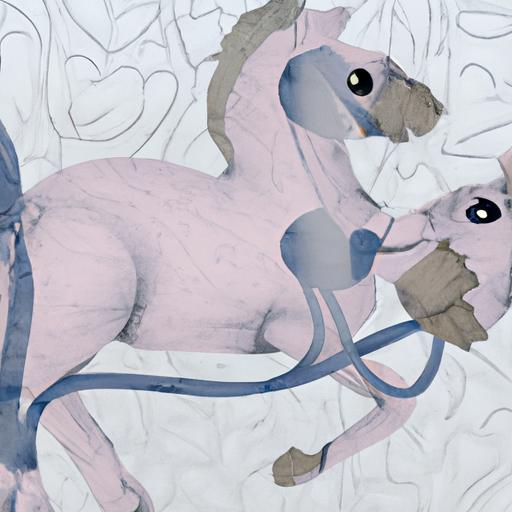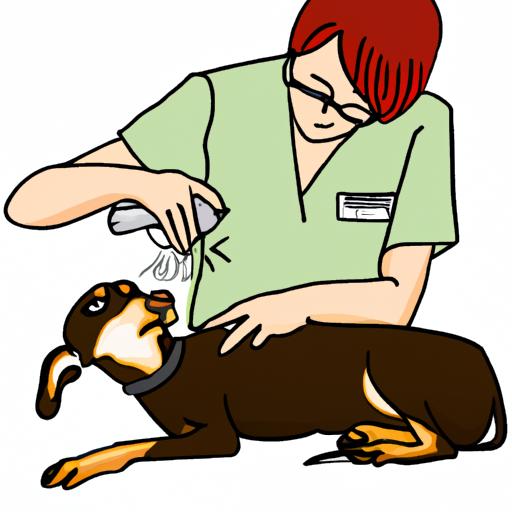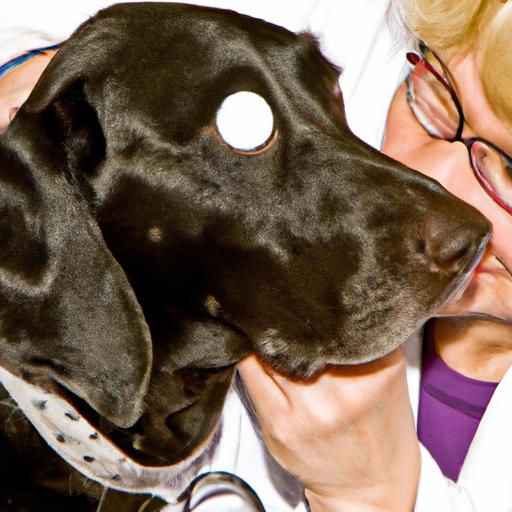
Recognizing Early Signs of Canine Diabetes
Learn to recognize early signs of canine diabetes. Discover the symptoms, importance of prompt diagnosis, and effective treatment options. Keep your furry friend healthy!
Canine diabetes is a condition that affects our furry friends, and it’s crucial to be able to recognize the early signs. Just like humans, dogs can develop diabetes, a chronic disease that affects their ability to regulate blood sugar levels. If left untreated, diabetes can lead to serious health complications for dogs. In this article, we will discuss the early signs of canine diabetes and the importance of prompt diagnosis and treatment.
Signs and Symptoms of Canine Diabetes
Early detection of diabetes in dogs can make a significant difference in their overall health and well-being. Here are some common signs and symptoms to watch out for:
1. Increased thirst and urination
If you’ve noticed that your dog is drinking more water than usual and needing to urinate frequently, it could be a sign of diabetes. Dogs with diabetes have increased thirst due to the excess sugar in their bloodstream. As a result, they will urinate more frequently to eliminate the excess sugar.
2. Changes in appetite and weight
Another early sign of canine diabetes is a change in appetite. Some dogs may experience an increase in hunger, while others may lose their appetite. Weight loss or gain can also occur as a result of the body’s inability to properly utilize glucose for energy.
3. Lethargy and decreased activity levels
If your once energetic and playful dog seems unusually tired and lacks enthusiasm for activities, it could be a red flag for diabetes. Dogs with diabetes often experience low energy levels and become lethargic due to the disruption in their body’s ability to regulate blood sugar levels.
4. Cloudy eyes and vision problems
Diabetic dogs are prone to developing cataracts, leading to cloudy eyes and potential vision problems. If you notice changes in your dog’s eyesight, such as bumping into objects or reluctance to navigate unfamiliar areas, it’s crucial to seek veterinary care promptly.
5. Frequent urinary tract infections
Diabetes compromises the immune system, making dogs more susceptible to infections, particularly urinary tract infections (UTIs). If your dog displays recurrent UTIs or other infections, it could be an indication of an underlying diabetic condition.
Frequently Asked Questions (FAQs)
To provide you with further clarity about recognizing early signs of canine diabetes, let’s address some common questions:
What is canine diabetes?
Canine diabetes is a chronic disease characterized by the body’s inability to regulate blood sugar levels. It occurs when the pancreas produces insufficient insulin or when the body becomes resistant to insulin.
How common is diabetes in dogs?
Diabetes is becoming increasingly prevalent in dogs, with an estimated 1 in 100 to 1 in 500 dogs developing the condition. It can affect dogs of any age, breed, or gender.
Are certain dog breeds more prone to diabetes?
While diabetes can affect any breed, certain dog breeds are more predisposed to developing the disease. Breeds such as Poodles, Dachshunds, Beagles, and Golden Retrievers have a higher risk of developing diabetes.
Can diabetes be prevented in dogs?
While there is no surefire way to prevent diabetes in dogs, maintaining a healthy lifestyle that includes a balanced diet, regular exercise, and routine vet check-ups can help reduce the risk.
How is diabetes diagnosed in dogs?
The diagnosis of diabetes in dogs involves a combination of clinical signs, blood tests to measure blood glucose levels, and urine tests to detect the presence of glucose and ketones.
What are the treatment options for canine diabetes?
The primary treatment for canine diabetes is insulin therapy. Dogs will require regular insulin injections, accompanied by a carefully managed diet and exercise regimen. Your veterinarian will guide you in determining the appropriate insulin dosage and monitoring your dog’s response.
Can diabetes be managed with diet and exercise alone?
In some cases, mild diabetes may be managed through diet and exercise alone, but most dogs will require insulin injections to effectively regulate their blood sugar levels. It’s crucial to work closely with your veterinarian to develop a comprehensive treatment plan for your diabetic dog.
Conclusion
Recognizing the early signs of canine diabetes is vital for the well-being of your furry friend. Increased thirst and urination, changes in appetite and weight, lethargy, cloudy eyes, and frequent infections are all potential indicators of diabetes in dogs. By being observant and proactive, you can help ensure early detection and prompt veterinary care, which is crucial for managing this chronic condition. If you suspect your dog may have diabetes, consult your veterinarian for proper diagnosis and personalized treatment. Together, we can provide our canine companions with the care they need to lead happy, healthy lives.
Remember, your dog’s health is in your hands. Stay vigilant, understand the signs, and take action when necessary.




























